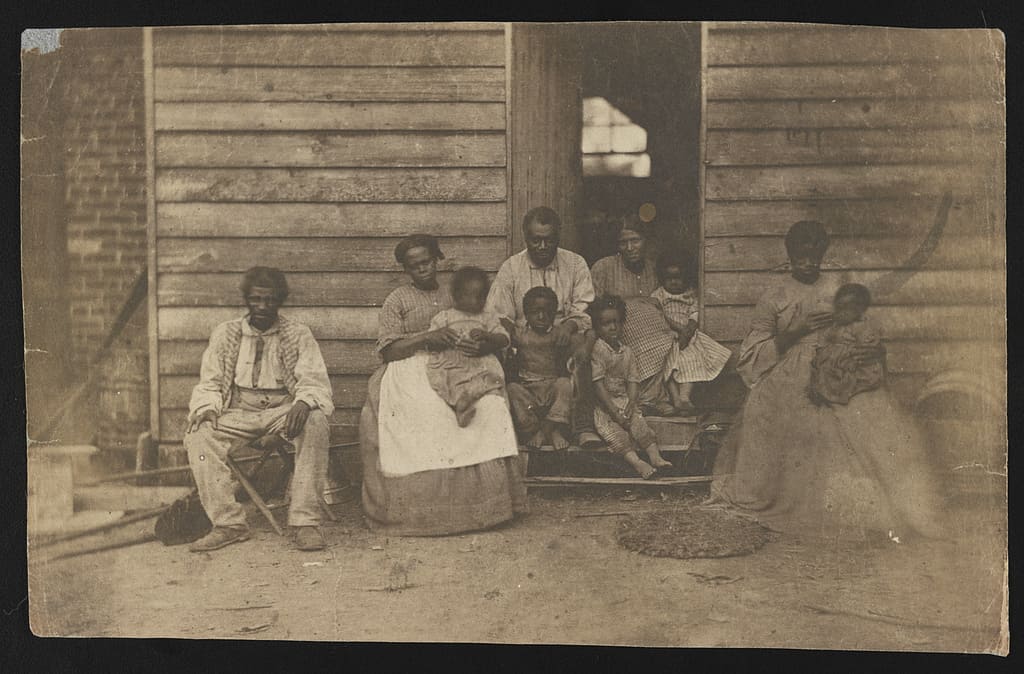
ADVERTISEMENT - CONTINUE READING BELOW
18. Virginia’s enslaved workers sought to retain aspects of African culture and folklore
Through family gatherings and religious services, Virginia’s Black slaves passed on their folklore through oral traditions throughout the antebellum period. As the 19th century wore on, fewer and fewer slaves in Virginia came directly from Africa. By the time of the American Civil War, the overwhelming majority of the enslaved workers in Virginia had been born there. Many spent their entire lives on the plantation of their birth, or in the nearby area. By 1860, over 550,000 enslaved workers populated the state. In the mountainous region between the Shenandoah and Ohio Rivers slavery was not practiced as widely as in the eastern regions of the state, as the terrain made large plantations impracticable. But it was still practiced. Enslaved workers, hired out from eastern owners, helped build the railroads to Harper’s Ferry, dug coal in the mines, and felled trees to create roads and rail beds.
The workers created songs to sing as they worked, with rhythmic patterns which matched the movements required of their labor. On the plantations, similar “field songs” were sung as they toiled in the fields. Nighttime gatherings included other songs, many of them religious in nature. Folk tales and legends were told and retold, many of them with their roots in African legends centuries old, featuring mythical creatures such as wise and wily rabbits, using guile and wit to defeat more powerful enemies. Despite the attempts, visitors to Virginia described the plight of the enslaved as an aberration. Charles Dickens toured Virginia during his 1842 visit to America. He described the conditions he found there as on of “ruin and decay”. Dickens devoted an entire chapter in his American Notes denouncing slavery, exposing the conditions he encountered in Virginia, and describing the forlorn state of the slaves he met.

